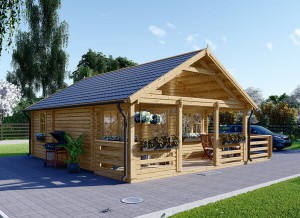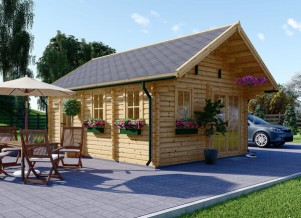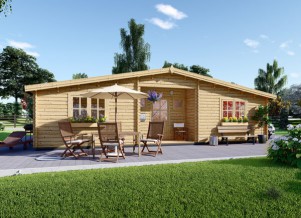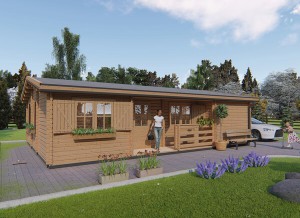Growing cauliflower requires a lot of care and some skills if you wish to enjoy healthy produce at the end of the season. If you go about it right, you should have a versatile vegetable which you can enjoy in salads, soups, stews, and other dishes as you wow people with your gardening skills. Here we present is how to grow cauliflower, with tips and tricks that will serve both beginners and experts in gardening:
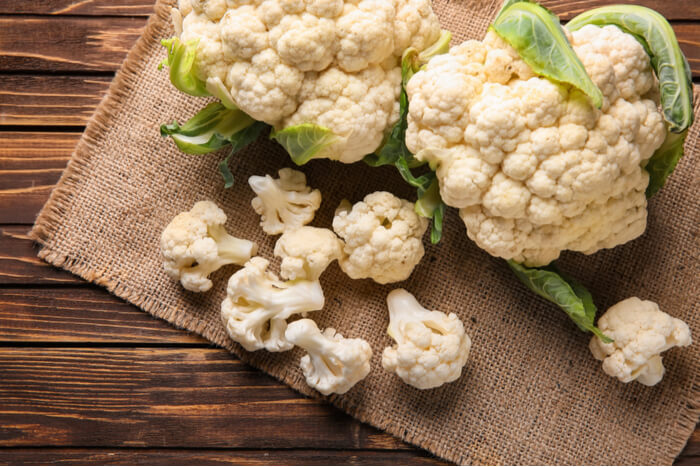
Sowing Considerations
Cauliflower grows best in cold climates, and it is thus advisable to plan your planting in periods when the weather is favorable to its growth. If you plan on having the cauliflower indoors, you should work out a way in which you can make the conditions chilly for the plants to thrive.
In most cases, you will find that most varieties will require approximately one and a half to three months of chilly weather for them to mature. You should thus choose a type based on your region as well as your ability to alter the growing conditions, which should be at least sixty degrees Fahrenheit at the time of maturity. You can engage a local expert to help you in this regard, or you could study your local forecast to get the timing right.
If your late summer temperatures often fall in the regions of eighty degrees Fahrenheit, you can sow the vegetables in readiness for harvest in fall. The seeds should be in the ground at least eight weeks before the first frost. The earlier you plant them, the higher your chances of success. However, you should not do so more than twelve weeks before the first frost.
If you live in a warm climate where winters have little or no frost, you can plan your planting to start around the end of autumn when the temperatures will be at eighty degrees Fahrenheit. In this way, you can have your harvest towards the end of winter or early on in spring.
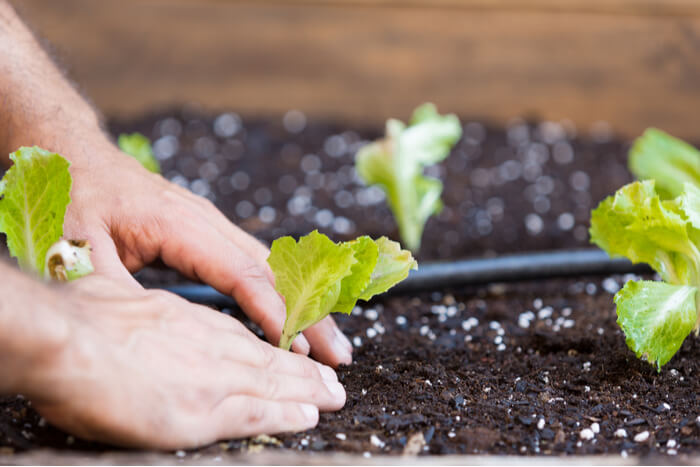
If your region does not seem to fit into any of the above criteria, you can get summer varieties which can handle warmer temperatures better than most cauliflower types. You can also plant batches every four weeks and wait to see which group does best. Alternatively, you can wait four weeks from the time of starting the seeds and get transplants from garden stores. Though seedlings may have a hard time adapting to your climate, they pose a better chance of survival compared to seeds which may not adjust to the temperature in the ground. Planting a variety that does well in your region will give you a head start, and you can also get such information from a local nursery.
Site Selection
The site you choose should not have shade and should receive at least six hours of sunlight each day. People planting their vegetables indoors should position them towards a south-facing window where they can get adequate daylight. It is important to note that these vegetables require a lot of space ranging from at least eighteen to twenty-four inches between each plant. They expand at fast rates and can compete for nutrients where the spacing is inadequate.
The soil in play should have high organic matter to help it retain moisture and should also have high levels of potassium and nitrogen to help the vegetables develop at a rapid rate. The pH should lie somewhere in the regions of 6.5-7 as this will maximize the intake of nutrients and reduce the chances of clubroot. Note that the growth of the plant should not be impeded by any interruptions, so most adjustments to the soil should take place before sowing the seeds. As such, ensure that the soil is well-draining before sowing.
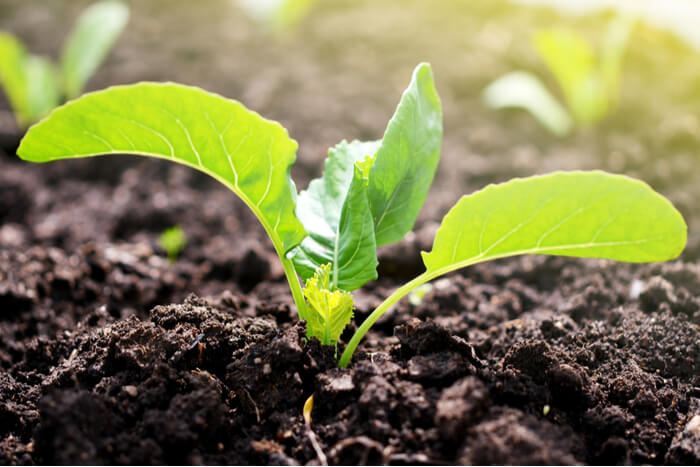
Planting
You can start with either seeds or seedlings, with each choice having its advantages. Where your climate proves unfavorable for the growth of cauliflower, it is best to go with seedlings as they are hardier. Where you start with seeds, you will do so indoors where you can protect them from any harsh weather conditions outside. Start each seed in a biodegradable container that will make transplanting easy as you will not disturb the fragile root system. The seeds should be at least a quarter inch in the soil with a loose covering on top. Watering should take place regularly but be careful to ensure that the seeds are not waterlogged. Where the weather is cold, use a warming plate to keep the soil temperature in the ranges of seventy degrees Fahrenheit as this will boost the germination of the seeds.
Where you opt to have the seeds in the garden from the start, ensure that they are in rows that are at least three inches apart to allow them room to develop outward and upward.
Transplanting
Once the seedlings have three or four true leaves, you can harden them and move them to the outdoors. Hardening should take place for one hour each day for the first week as you move towards more time in the outdoors. Where the container is biodegradable, you can plant the seedling in the ground in the same pot, ensuring that the soil is level with the height of the vessel. Where the container is non-biodegradable, you will need to exercise caution to avoid breaking the fragile roots as you move the plant.
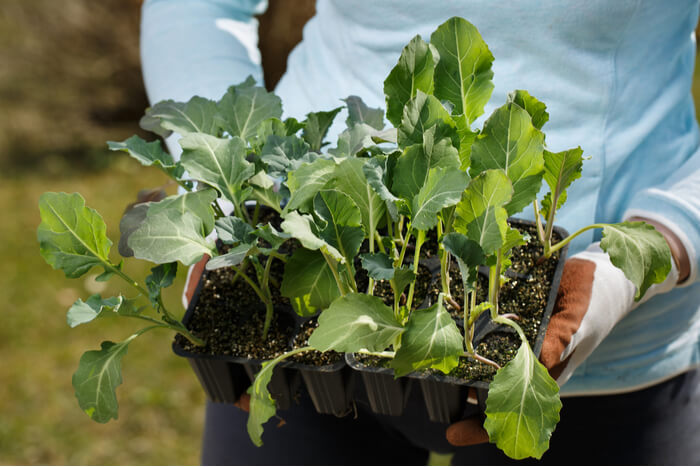
Aftercare
Watering will take place regularly, ensuring that the plants get at least an inch of water each week. Consistency is vital in this process as lack of water leads to limited uptake of nutrients and thus hinders the growth of the vegetable. If rainfall is adequate for the plants, there no need for irrigation in order to avoid waterlogging. Mulching is necessary as this will regulate the temperature and help the plants retain moisture while preventing the development of weeds.
Pest management practices will come in handy while the plants are still young as they are quite vulnerable to attacks. You will deal with bugs, aphids, cabbage worms, and other sorts of pests which can ruin your crop, interfere with the growth rate, or eat your plants. There are tons of non-toxic treatments on the market that you can use, and it is always best to engage an expert when using any pesticides as some products could make the vegetables unsafe for consumption.
Remember to have fun as you watch your vegetables mature into healthy crops that will be a sight to behold once they are ready for harvest!
Wishing to know more about already prepared and protected wood buildings visit our website.

